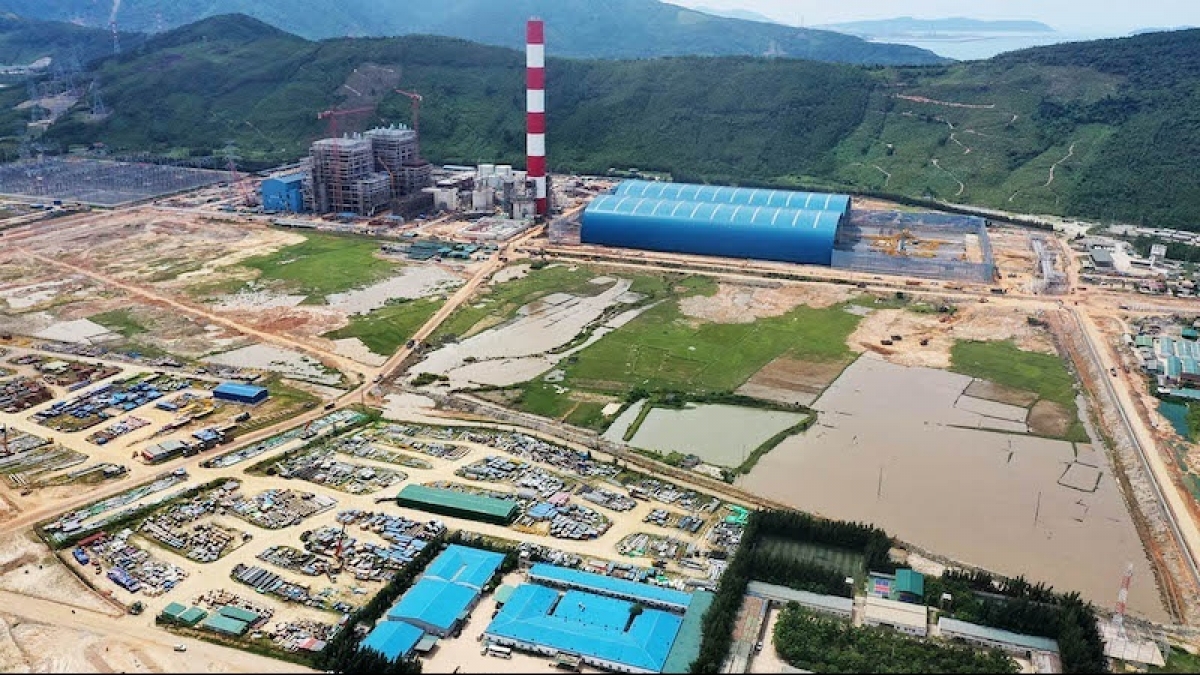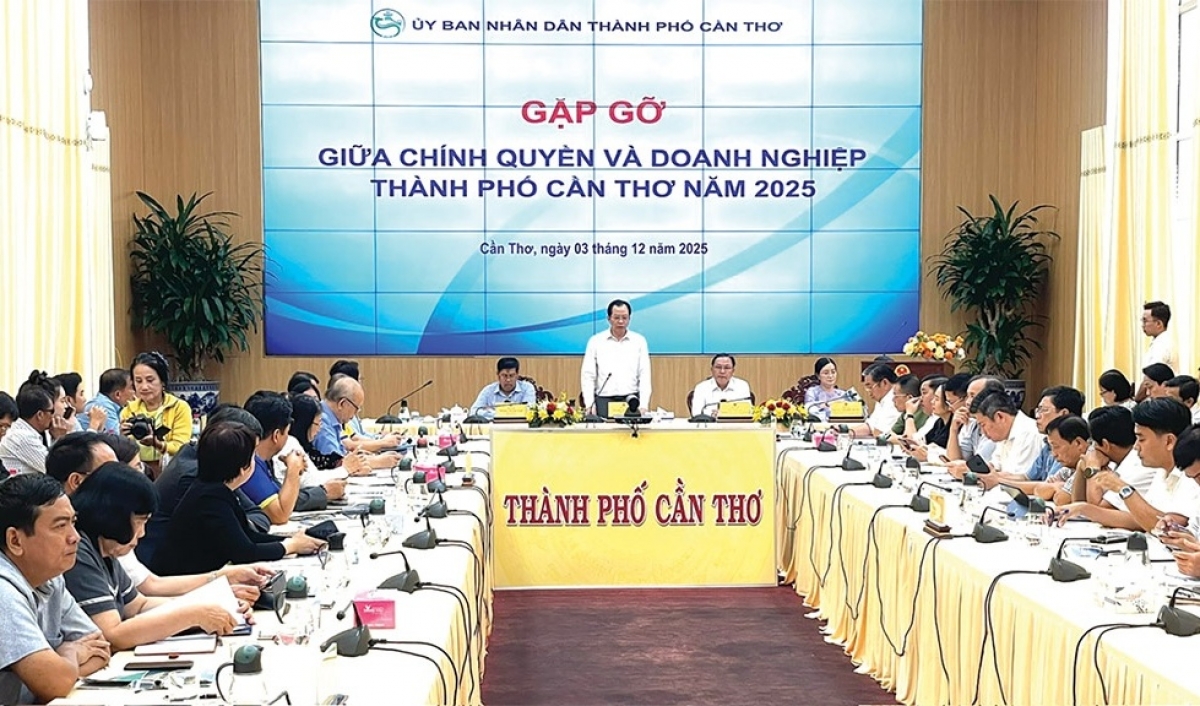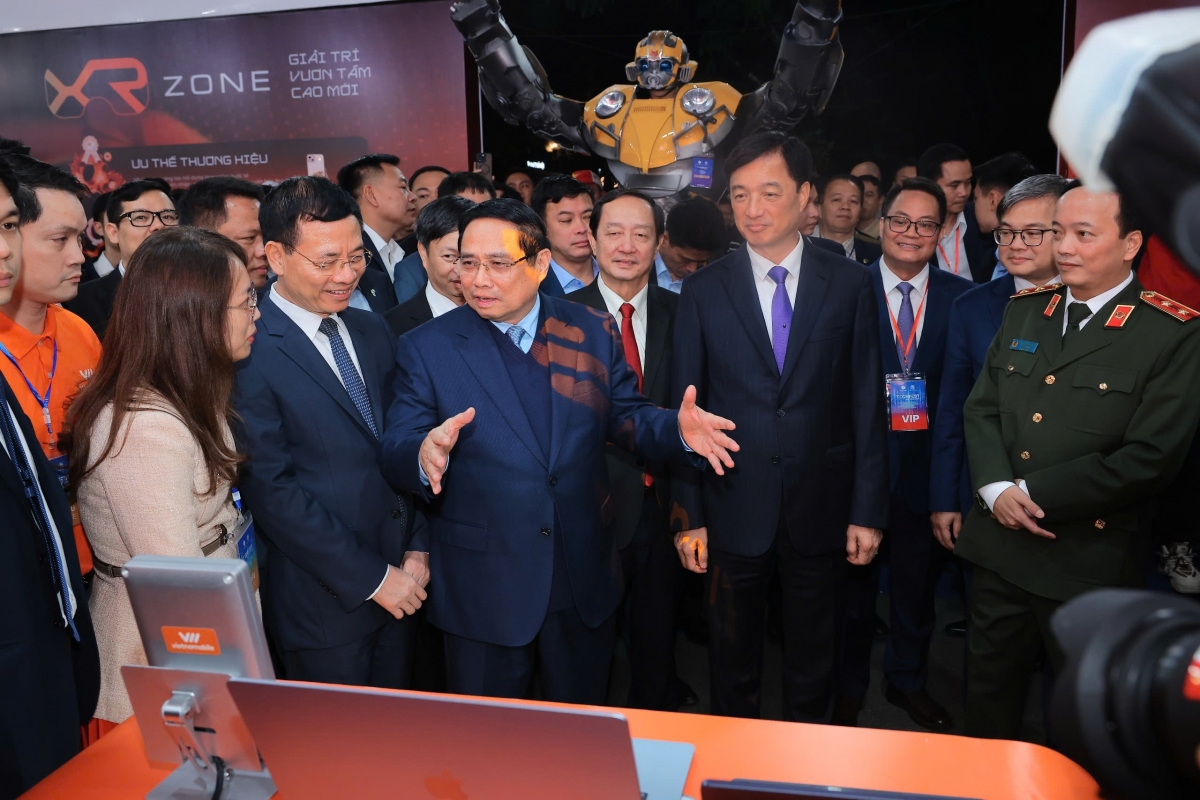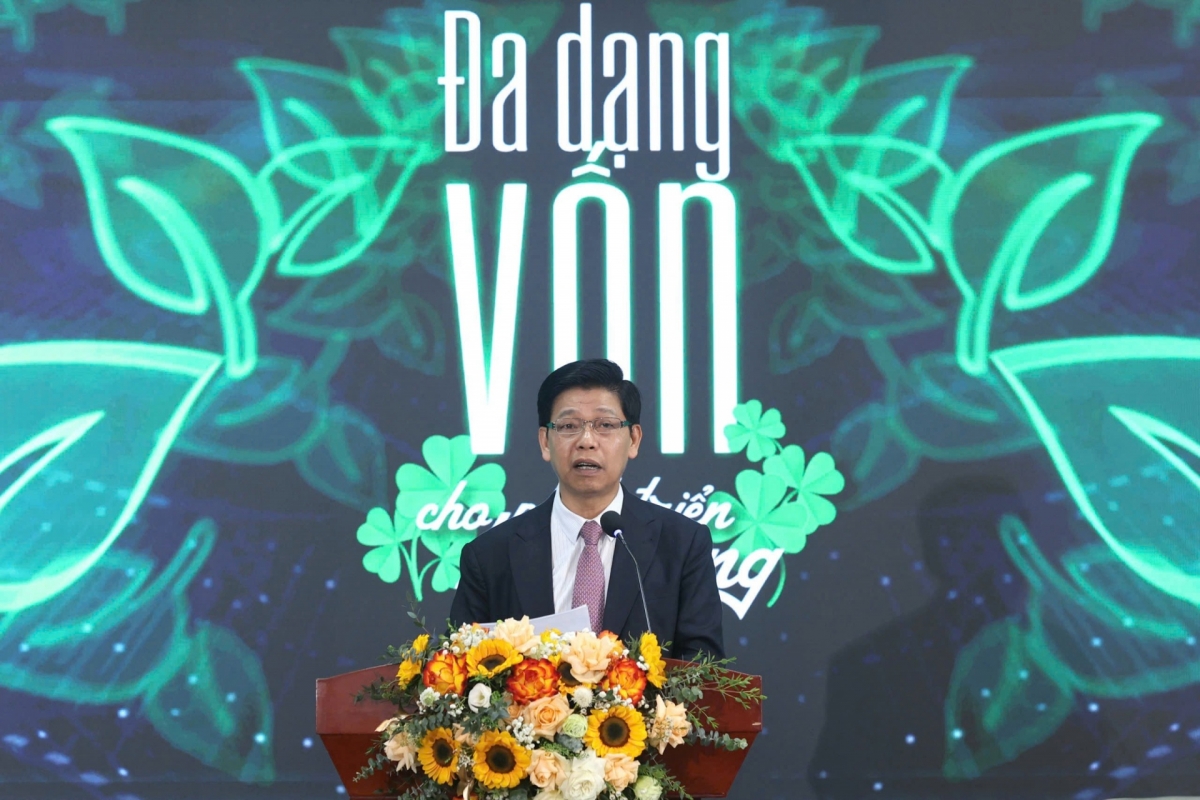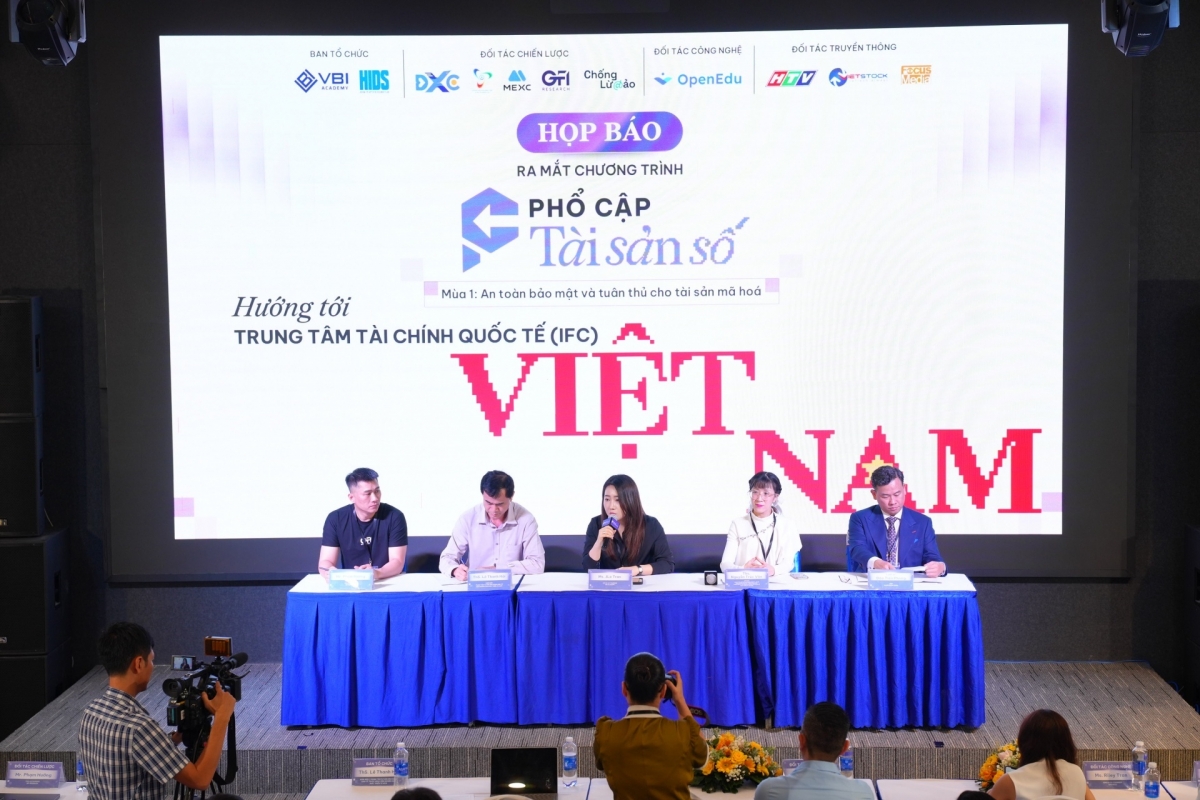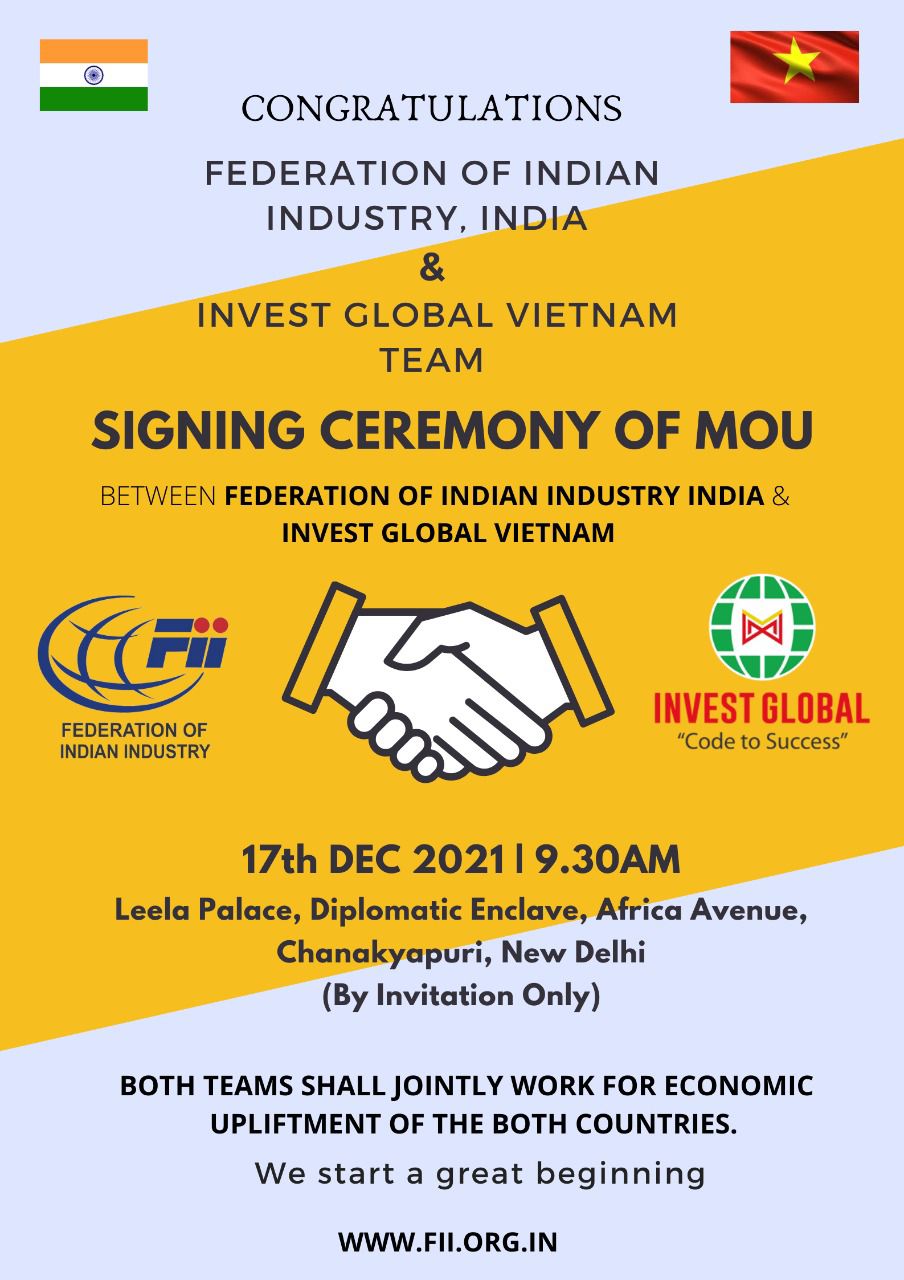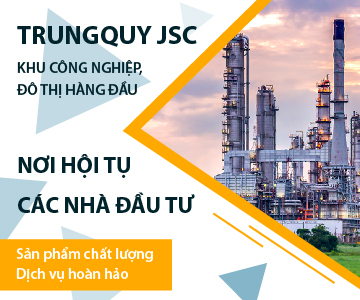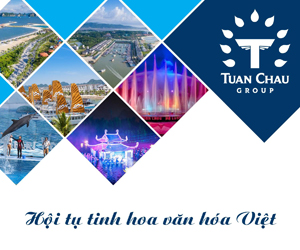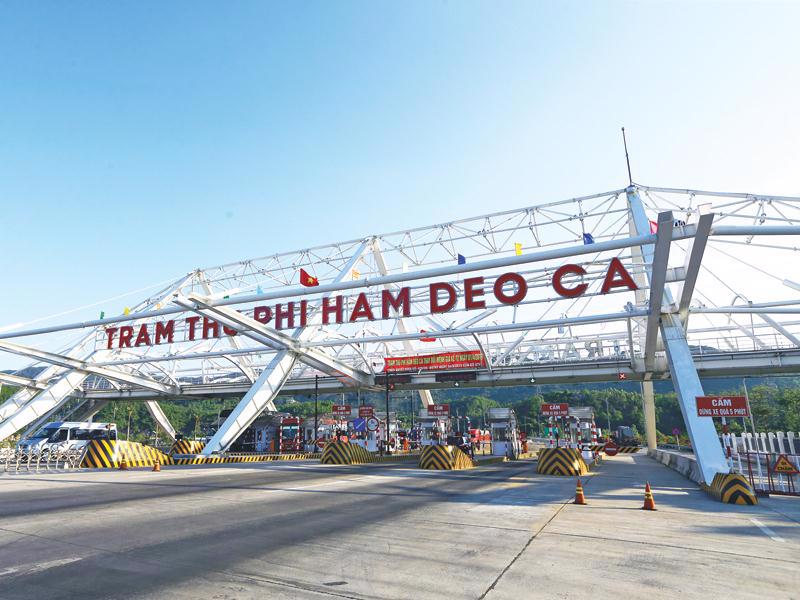INTERNATIONAL INVESTMENT
AND PORTAL
On July 1, the newly consolidated Thai Nguyen officially came into existence following the merger of Thai Nguyen and Bac Kan provinces under National Assembly Resolution No. 202/2025/QH15 dated June 12 on the reorganisation of provincial-level administrative divisions.
More than a simple administrative reorganisation, the move represents a strategic turning point, ushering in a broader development space, an expanded vision, and fresh momentum for sustainable growth.
The new Thai Nguyen province now spans more than 8,375 square kilometres and is home to nearly 1.8 million people. With its combined resources and development potential, the province is affirming its role as a key economic and industrial hub in Vietnam’s northern midland and mountainous region.
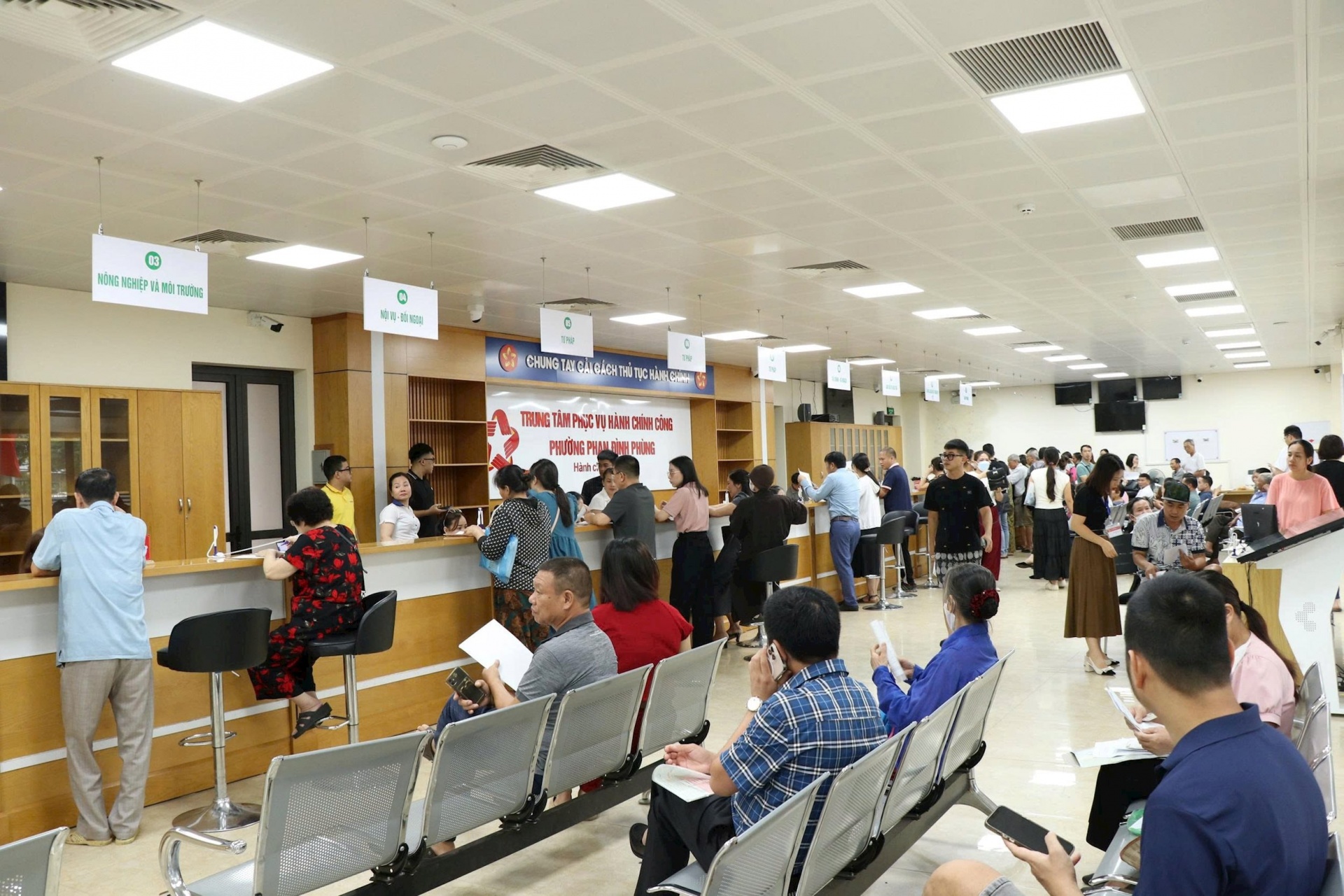 Post-merger Thai Nguyen's two-tier government model is operating smoothly a month after the merger. Photo: Thai Nguyen Portal
Post-merger Thai Nguyen's two-tier government model is operating smoothly a month after the merger. Photo: Thai Nguyen Portal
According to figures released by Thai Nguyen Department of Finance in late July, the merger has not only expanded administrative boundaries but also signaled positive signs of socioeconomic recovery and development.
In the first half (H1) of 2025, Thai Nguyen witnessed regional GDP growth of 6.61 per cent on-year.
Industrial production continues to be the primary growth engine. During the period, pre-merger Thai Nguyen’s industrial production value reached $17.74 billion, up 4.6 per cent on-year. Notably, Bac Kan province, previously known for its relatively small industrial base, posted a staggering 17.85 growth in industrial output, totalling $42 million.
Amid this robust transformation, Thai Nguyen has set clear development goals for the new phase.
The province’s provincial master plan through 2030, with a vision to 2050, positions Thai Nguyen as a modern, smart industrial hub and a growth driver for both the region and Hanoi.
For 2025, a pivotal year marking the finalisation of the 2020-2025 development plan, Thai Nguyen aims to achieve double-digit growth and lay a solid foundation for the next development milestones.
This vision is already taking shape through a wave of accelerated infrastructure projects launched in the first half of 2025, including the second phase of Song Cong II Industrial Park, Yen Binh 3 Industrial Park, Quang Vinh bridges 1 and 2, Capital Region Ring Road 5, and several large-scale urban and resort developments.
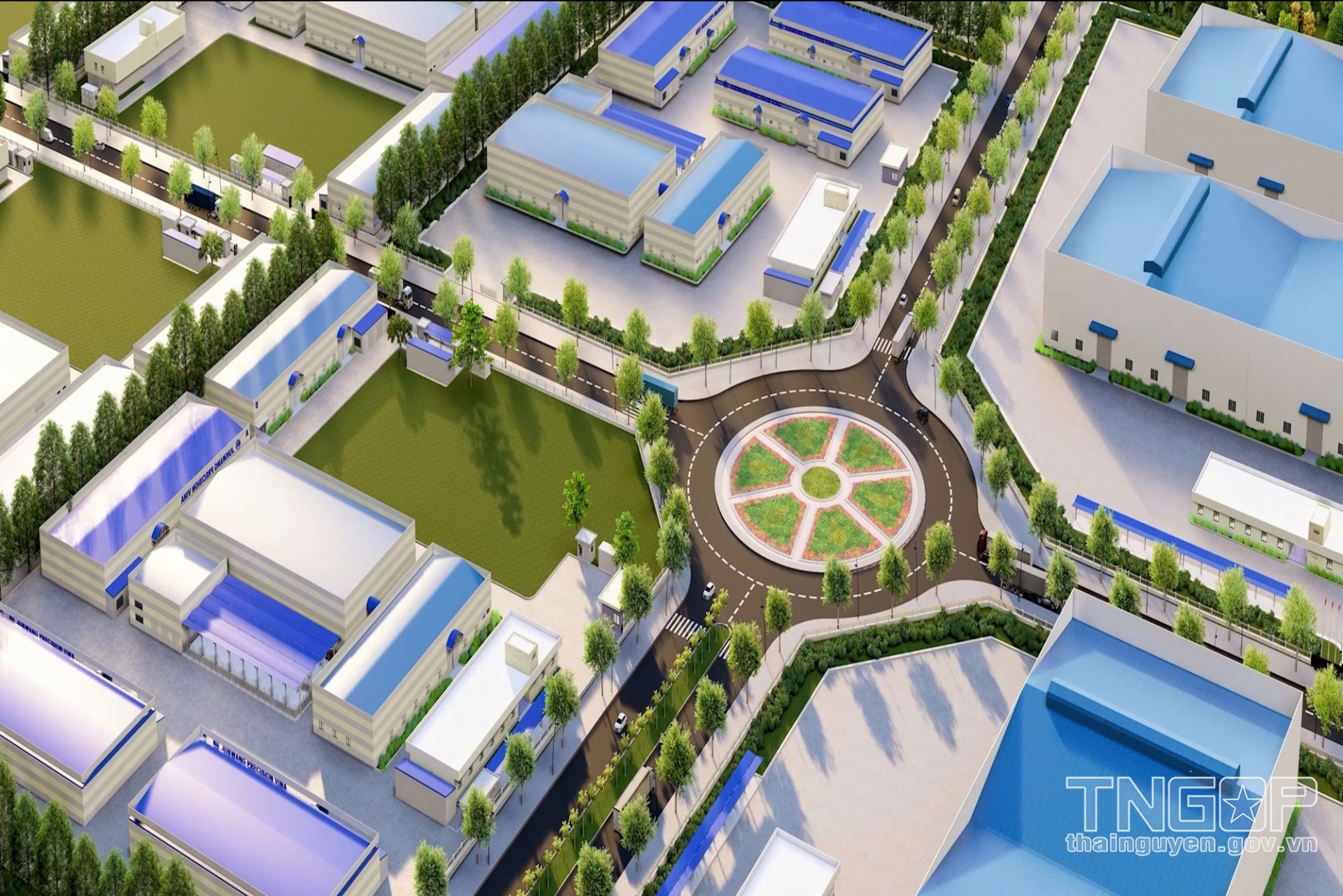 The second phase of Song Cong II Industrial Park in Thai Nguyen. Photo: Thai Nguyen Portal
The second phase of Song Cong II Industrial Park in Thai Nguyen. Photo: Thai Nguyen Portal
Among these are signature projects such as Yen Binh 2 Industrial Park, the 42-km Thai Nguyen–Bac Giang–Vinh Phuc interprovincial road, modern urban areas in Phu Binh district, and a pedestrian street in downtown Thai Nguyen city.
These developments not only enhance integrated infrastructure but also expand residential, investment, and service spaces, bringing Thai Nguyen closer to the standards of a core regional economic centre.
Improving interregional infrastructure includes reducing logistics costs while opening access to broader input and consumer markets. Strategic expressways like Hanoi–Thai Nguyen–Cho Moi, Thai Nguyen–Lang Son, and connecting roads to diverse localities such as Bac Ninh, Phu Tho, and Tuyen Quang are all set for investment, with a combined capital demand of up to $6.6 billion.
Speaking at Thai Nguyen People’s Council meeting in late July, Trinh Viet Hung, Secretary of Thai Nguyen Party Committee, emphasised, “Thai Nguyen’s development must be rapid but also sustainable and inclusive. Economic growth must go hand in hand with improved quality of life, environmental protection, social welfare, and holistic development.”
The province has set a growth target of 8.5 per cent for 2025, with strong determination to reach double-digit growth, laying the groundwork for subsequent periods. Towards this goal, Thai Nguyen is focusing on priorities including investment climate improvement, public investment disbursement, strategic infrastructure upgrades, digital transformation, and the development of new industrial pillars.
Post-merger, the province will benefit from a clear synergy of strengths. Thai Nguyen boasts advantages in industry, logistics, education, and digital transformation, while Bac Kan contributes valuable assets such as forest resources, minerals, ecotourism potential, and distinctive cultural heritage. This integration forms a multi-sectoral economic structure, modern, sustainable, and adaptive to emerging development trends.
Talking to the press in mid-July, Pham Hoang Son, Chairman of Thai Nguyen People’s Committee, said, “The merger presents an unprecedented opportunity to unlock combined strengths. The newly established province can now allocate resources more effectively, invest in strategic infrastructure, enhance regional connectivity, and boost national competitiveness. This is a golden moment, and we are fully committed to seizing it.”
In practice, the province has swiftly implemented comprehensive measures to improve the investment and business environment, foster entrepreneurship, promote digitalisation, and enhance e-government capacity.
In a recent article, Secretary Trinh Viet Hung noted, “With high responsibility, strong political will, bold leadership, and flexible governance at all levels, combined with unity, consensus, and a powerful aspiration for progress among the people of all ethnic groups in the province, we will transform this unification into a new driving force and a launchpad for Thai Nguyen’s strong rise, worthy of its new stature and role.”
Thai Nguyen is set to become a major industrial–urban–service hub in the northern midland and mountainous region by 2030, achieving upper-middle-income status before 2030, and becoming a high-income province before 2045.
To realise these ambitions, the province has identified three strategic breakthroughs: building a synchronised infrastructure system, developing a high-quality workforce, and driving innovation tied to digital and green transformation.
Political consensus, business confidence, and public support form the foundation for Thai Nguyen’s steady progress in this new development phase. With a strategic vision, strong resolve, and concrete actions, the province is steadily advancing towards becoming a dynamic, modern, and sustainable growth pole, not just regionally, but on the national development landscape.
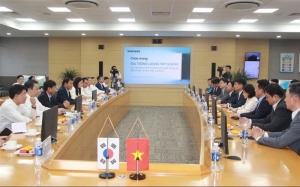 Samsung Electronics Vietnam Thai Nguyen hosts Public Security Minister
Samsung Electronics Vietnam Thai Nguyen hosts Public Security Minister
Minister of Public Security, General Luong Tam Quang, led a working delegation on June 8 to visit Samsung Electronics Vietnam Thai Nguyen Co., Ltd. (SEVT), one of Samsung’s largest global manufacturing complexes.
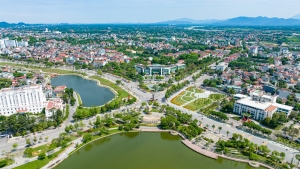 Newly merged Phu Tho sets sights on regional leadership
Newly merged Phu Tho sets sights on regional leadership
Following the historic merger of three provinces, Phu Tho is accelerating reforms and development to become a regional powerhouse in industry, logistics, tourism, and innovation in northern Vietnam.
 Merger sets stage for south property boom
Merger sets stage for south property boom
The integration of former Binh Duong and Ba Ria–Vung Tau provinces into Ho Chi Minh City, paired with sweeping regional planning initiatives, is anticipated to open a new chapter of growth in the real estate sector, with large-scale urban projects drawing widespread investor interest.
